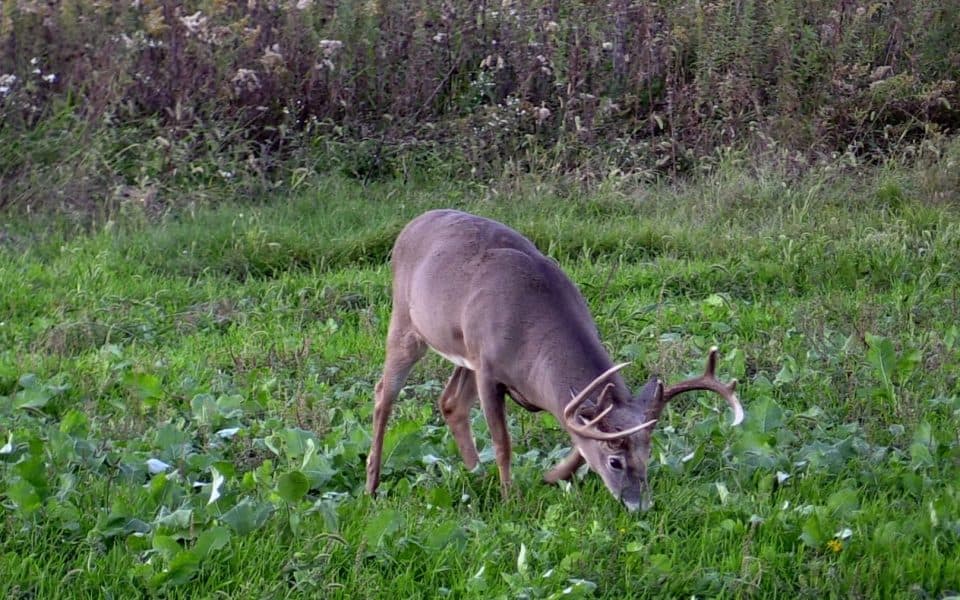Developing your food plot strategies to create the ideal big buck trap.
If you want to build a small hunting food plot or “kill plot” that draws mature bucks out during shooting hours, you need to think creatively. Moreover, you may need to be able to live with a little bit of an unkept, ragged look to the plot and its immediate surroundings if you wish to create a great “big buck trap.”
Those magazine-cover shots you see with one type of cultivar growing lush and green from edge-to-edge may not do the trick. Mature bucks seem to feel more comfortable in “dirty” plots with plenty of cover and brush nearby. In fact, different types of plants or even weeds growing in the plot may actually be better. The varying height of different types of plants adds “structure” and something near them to which the animals can relate.
The ultimate big-buck kill plot looks a bit scruffy, disheveled and rough on the edges. You must consider your goals, are you competing in a gardening contest or managing a hunting property?
The traits that make this plot something of an eyesore are the very things that will make a mature buck feel comfortable using it during daylight – tons of edge, brush piles, shrubs, half-cut fallen trees entwined with honeysuckle, a variety of foods and strips of grass tall enough to hide a mature buck. In fact, weeds growing in the plot may make it even more appealing to bucks.
More decisions need to be made than just acknowledging that the plot will be a little scruffy looking. Things like where to create the plot in relation to buck bedding locations, sun angles and prevailing wind directions, size, shape, and how to prevent drawing unwanted attention to the plot all need to be considered.
Why you need Harvest Food Plots
I’ve created plots ranging from a quarter-acre to well over ten acres during my 40 years as a wildlife manager, property owner, and hunter. Although the large plots nourished many deer, made them healthier, and drew them to my land, it’s the small kill plots that yield the most mature buck encounters.
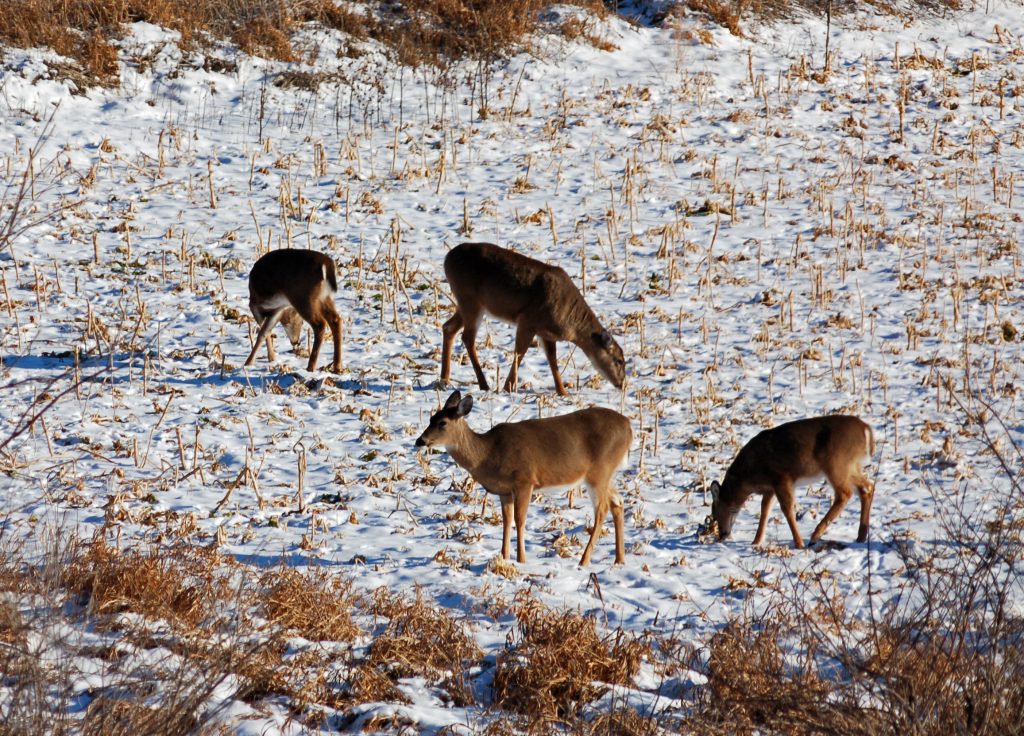
Old bucks rarely want to venture into large agriculture fields and big clean food plots during daylight hours unless they’re in a no-hunting area, or before hunting season opens. As most gamekeepers have learned, survival is the primary job of any buck that makes it past three years old. These small, secure plots create perfect opportunities for older bucks.
Size, Shape and Food Plot Location
Acreage of the kill plot can vary and depends to a large extent on what’s available in the right locations. If you have a small tract of land and just a few clear spots between bedding cover and night feeding areas, a ¼ to ½-acre plot might be all you can create – and that may be all you need to entice a wary buck during shooting light.
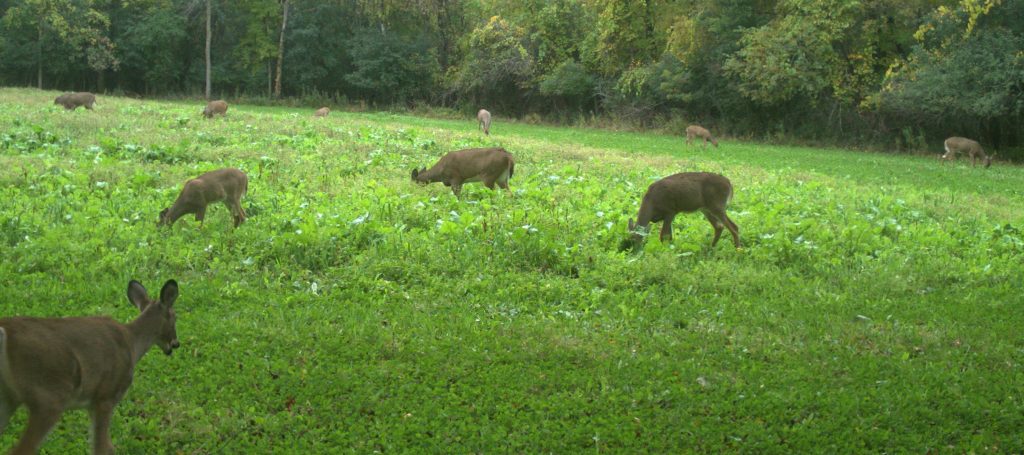
Dave Medvecky
On larger properties, one to two-acre plots may be more appropriate and necessary to withstand the feeding pressure of a larger herd, even though it’s just a “stop-over” spot on their way to larger evening feeding destinations.
You could take a bulldozer and create a plot wherever you’d like, but for most of us the “shape” will often be dictated by what’s already available for planting in strategic locations between bedding and major destination feed areas. A long or linear shape helps ensure “huntability” with a bow in plots an acre or larger. Skinny kill plots also entice mature bucks out better because they know they are just a quick jump away from surrounding escape cover anywhere in the plot.
Plots with an irregular shape or with pinch-points also work great. Leaving points, inside turns, and asymmetrical lines creates more edge cover. An hourglass shape is often great. In general, it’s best to follow the contours of the land, which often results in curved or atypical shapes.
Kill plots can be located in natural clearings, logging roads, skid trails, or logging landings. If no such spots exist, you may have to create them with a dozer or other heavy equipment. It’s important to know the basic travel corridors that bucks use from daytime bedding cover to staging areas and evening feeding spots, ideally you’ll want to locate the kill plot along this route.
Think about stand sites when choosing potential locations. After all, the purpose of these locations is to draw a mature buck into range during shooting hours to give you an opportunity. Based on the prevailing winds, make sure there are spots downwind or crosswind from where bucks will approach, and where you won’t be staring into the late afternoon sun.
What to Plant in Your Food Plot
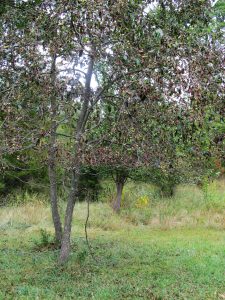
Gerald Almy
A kill plot should rarely be planted in just one species. Planting a variety of forages attracts deer with different taste preferences and ensure something should be at the peak of its palatability at all times. However, you need to make sure there’s enough of each type of plant to last, otherwise when a plant type comes into the peak of its attraction there may not be enough to go around and it can get wiped out in short order.
If you’re familiar with when specific plants tend to be their most attractive, and you target your hunting effort during that time, then you can go heavier with one cultivar over another. Obviously, how many deer that are using the plot would make a big difference. Therefore, with enough acreage, or with fewer mouths, a variety of attractive plants makes sense. With limited acreage, or with high density, then a more targeted approach may be needed.
If the site gets five hours or more of sunlight per day, a perennial clover may be a good option. This will keep you from having to replant each year. This is usually a good option for the first half of the hunting season, and possibly longer the further south you go.
An easy option is a blend. You can make your own, but offerings such as Hot Spot, Final Forage, Last Bite, and Outfitters Blend are mixed in the perfect proportions for maximum growth and attraction.
Consider Sun Angle and Wind
Configure the plot and your ambush location(s) so the deer look into the afternoon sun as they approach from major bedding areas, but so you won’t be staring into it from your stand. Possibly more important is to consider the prevailing wind patterns when choosing the site. You want to be able to approach stands with the wind blowing in your face or crosswind to the direction from which deer normally approach.
Old Buck Friendly & Deadly
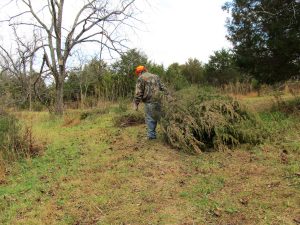
Gerald Almy
Tall Grasses are great cover and offer bucks “security.” One option is to plant a few strips of native warm season grasses such as switchgrass, Indian grass, and bluestem. Also great are annual mixtures such as Blindspot or species such as Egyptian wheat. These grow five to ten-feet tall or more and make bucks feel more protected using the plot. Strips can be planted leading out from the plot towards buck bedding cover along the deer’s likely approach route. Sowing strips along the plot’s edge is also helpful – or sometimes extending them right into it, to draw bucks into bow range.
Another option is to leave a few narrow strips in the plot uncultivated, or cultivated but unplanted. With any luck, those will grow up in native forbs, wildflowers, and other early successional plants, providing more food variety and habitat edge.
Create more cover around the plot. I’ve often pulled a deadfall or large treetop to the edge of the food plot with my tractor. I also like to gather a few scrub cedars and place them along the edges or actually in the plot for added security. Hinge-cutting trees along the perimeter of the plot or along the route leading to it from bedding cover is another good way to entice wary bucks during daylight.
Feather the edges. Mature bucks don’t like a stark switch from tall mature woods to an open food plot. Create transition cover along this edge by felling some low-value trees. If there’s a possible buck approach route that would swing downwind of your stand, block it with some of these cuttings.
Plant shrubs along food plot edges. Good choices include red osier dogwood, American honeysuckle, Chickasaw plum, chinkapin, indigo bush, lespedeza, and blackberry, assuming enough daylight reaches the site. These provide deer a feeling of security by feathering the entrance from surrounding woods into the plot, enticing them to show up earlier during shooting light. They also supply an extra food source with their leaves, stems and berries.
Fruit trees are almost always a good choice. You can never have too much food or too much variety for an old buck. To add to the plot’s attraction, plant a few apple, pear, mulberry, or persimmon trees close to your bow stand location.
Food Plot Extras
If you can locate or create a small water source near the plot and a mineral lick (where legal), the site will be even more attractive to deer.
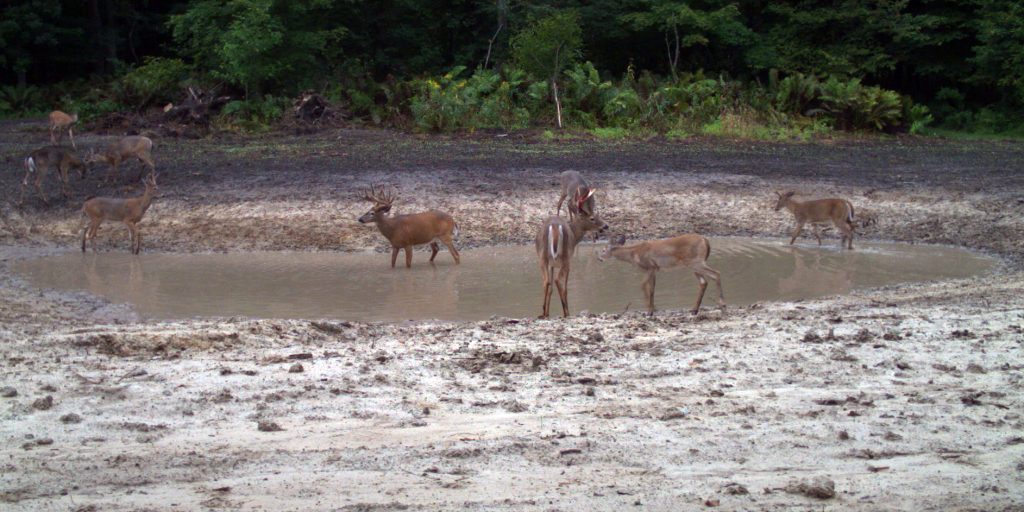
Dave Medvecky
Avoid unwanted viewing. You are probably proud of your food plot, but you don’t want to show it off by putting it near a road or public hunting area. Plant a row of pines if necessary to shield the view of both the plot and the big bucks using it. Alternatively, for a quicker fix you can plant a shield of native warm season grasses or an annual mixture such as Blind Spot.
To make a plot truly a “kill plot,” getting deer comfortable using it during shooting light is the key. To achieve that goal, provide some of the various types of cover, vegetation, and edge discussed here to make mature animals feel secure foraging at the site during daylight.
Secondly, hunt the plot only when conditions are perfect. You don’t want to ruin a kill plot after all the work you’ve put into it. Having several that you can hunt during different wind and weather conditions is the best way to ensure you don’t burn out any by being tempted to hunt when conditions aren’t optimum and in your favor.

